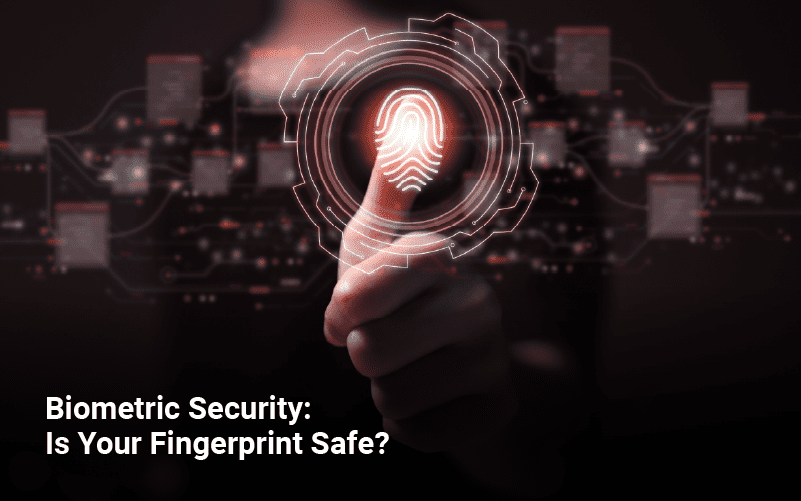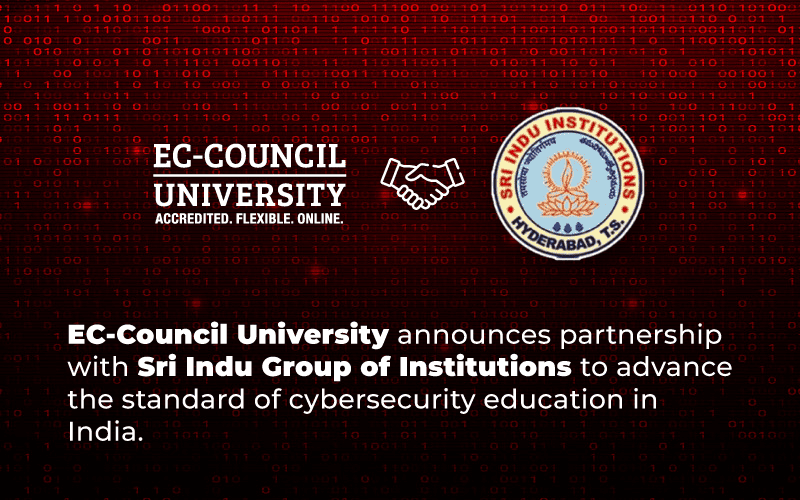Security is often considered an impediment to a comprehensive software application experience. Instead of a streamlined development lifecycle where security is built in from the start, it might take a while of back and forth between developers, resources, and security as they attempt to fit the modern coding process into the antiquated security procedures. Lengthy approvals ranging from evaluations to revisions not only diminish the overall perceived value of the security mechanism but also raise the necessity for instant policy deviations to incorporate secure coding into business strategy.
So, what is Secure Coding? The majority of security flaws in software can be traced back to the development process, i.e., source code. When there are bugs in software, hostile individuals can simply take control of it and utilize it to accomplish their own objectives. By adhering to established safe coding standards, most software security vulnerabilities can be eliminated.
Why is secure coding important?
The widespread dearth of security in conventional software has been widely reported in the media in recent years. There have been significant data breaches, even at major corporations with access to resources and expertise. Whether a company is catering to individual consumers or major corporations, every customer’s trust is invaluable, and its loss might have a significant financial effect. Thus, it is crucial that these institutions place a strong emphasis on implementing secure coding techniques.
Software flaws are common despite the significance of safe coding practices. Programmers and developers are better able to identify and eliminate common software vulnerabilities by adhering to established best practices and recommendations, or “secure coding standards.” Adopting safe coding standards is crucial since it addresses widely exploited software flaws and thwarts intrusions. Furthermore, optimizing for security from the beginning helps prevent long-term expenses that may develop if an attack leads to the compromise of critical user information.
Follow a Secure Coding Checklist:
- Authentication through a password.
- Complete user information for session management.
- Managing and controlling access requires accurate user authentication.
- Page-specific file uploading.
- Use HTTPS for Secure Transmission.
Security vulnerabilities affecting source code and their classifications: As a result of the IoT, embedded systems are strengthening their network of external connections. It opens up the possibilities for even further malicious code intrusions.
1. Buffer overflow is one such scenario where an external operator can effectively “insert” malicious code or data into a system. If implemented correctly, it allows for additional commands from the outside to be entered into that system.
2. Code injection flaw is yet another frequently occurring security vulnerability that takes advantage of a shortcoming in the process where incorrect data is being analyzed.
Best practices for securing code:
- Always put security factors first: Never put off addressing security concerns until the very end of the development process. Any mistake in the code could cause a malfunction or even compromise the entire system. Cyberattacks are becoming more common and sophisticated all the time, so it’s crucial to find vulnerabilities and defend against attacks as early as practicable in the development phase.
A carton barrier won’t become secure by having a lock installed. Similarly, an insecure device or application may require a major overhaul to become secure, and the secure implementation of such concepts demands major modifications.
2. Identify their motive: You must identify and comprehend the forms of vulnerability in your application. Then you can talk to them directly. Some individuals may want to steal money, data, identities, and other information for personal gain. They can be striving for confidential information to benefit themselves or their company. Alternatively, they might be digging for state secrets that can be utilized by enemy nations or terrorist groups.
To demonstrate their expertise and claim bragging rights, some hackers alter code or operating systems. However, they may inflict significant harm. Given the simplicity with which attacks can be automated and executed, even the smallest vulnerabilities can be exploited.
3. No shortcuts: It might be tempting for developers to take shortcuts in order to get code into production, but this can have major security repercussions.
Secure coding practices protect your applications and software. So, code wisely and efficiently!
How will EC Council University help you find your spot in the cybersecurity industry?
Gain professional training by enrolling in EC Council University’s cybersecurity courses, degrees, and graduate certifications.
After successfully completing your desired course, you will be expected to demonstrate your understanding of the subject. Students have the opportunity to undergo assessments leading to industry certification in cybersecurity as part of the curriculum.
A certificate will be awarded to those who perform well during the assessment. These certifications show employers that you have the potential and the fundamental knowledge required to work in the cybersecurity field.








